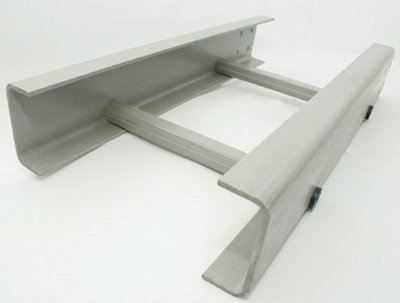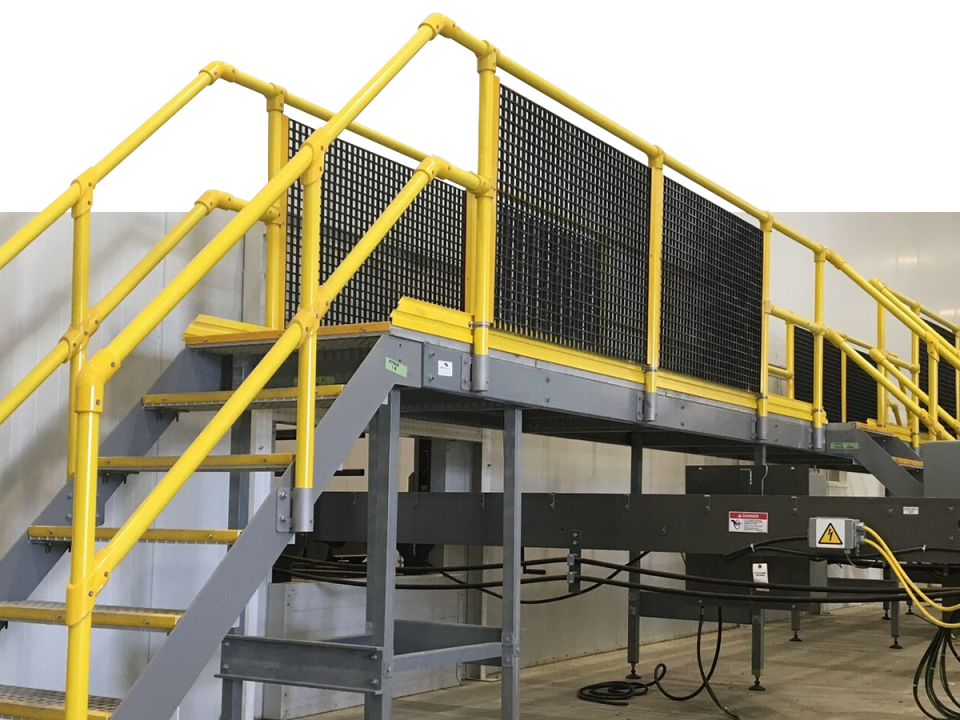
High Dimensional Stability and Transportation Ease of Pultruded Composites
July 27, 2023
Frequently Asked Questions (FAQs)
July 27, 2023
Automation Technologies: Revolutionizing Production Efficiency
Advancements in automation technologies are set to revolutionize the production efficiency of composite pultrusion. With the integration of automated systems, manufacturers can streamline their processes, reduce human error, and increase overall productivity. By incorporating robotic arms and computer-controlled machinery, tasks such as resin impregnation, fiber placement, and curing can be performed with precision and consistency.
Automated puller units equipped with sensors and feedback mechanisms ensure accurate tension control during the pultrusion process. This not only enhances product quality but also minimizes material waste. The use of robotics eliminates manual labor requirements, reducing costs associated with workforce training and increasing operational speed.
Enhanced Resin Systems: Pushing the Boundaries of Performance
The development of new resin systems is pushing the boundaries of performance in composite pultrusion. Manufacturers are continuously researching and experimenting with different formulations to enhance mechanical properties such as strength, stiffness, and durability.
One notable advancement is the use of Fiber Reinforced Polymer (FRP) composites in combination with innovative resin systems. These composites offer excellent corrosion resistance while maintaining high tensile strength. For example, Enduro Composites has introduced a range of specialized resins that exhibit superior resistance to harsh environments, making them ideal for applications in industries such as offshore oil platforms or chemical processing plants.
Renewable Energy Sector: Powering Wind Turbine Manufacturing
Composite pultrusion is witnessing increasing adoption in the renewable energy sector, particularly in wind turbine manufacturing. Glass fiber-reinforced composites provide exceptional strength-to-weight ratio characteristics necessary for constructing large turbine blades that can withstand harsh wind conditions.
By utilizing composite materials through pultrusion techniques, wind turbine manufacturers can produce longer and lighter blades without compromising structural integrity. This leads to improved energy generation efficiency due to reduced drag forces on the rotating turbines.
Infrastructure Projects: Demanding Durable and Lightweight Materials
The demand for composite pultrusion is growing in infrastructure projects that require durable and lightweight materials. Traditional construction materials such as steel and concrete often face challenges related to corrosion, weight, and maintenance. Composite pultruded profiles offer an attractive alternative due to their high strength-to-weight ratio, resistance to corrosion, and low maintenance requirements.
In applications like bridge construction or utility poles, where weight reduction is crucial for transportation and installation purposes, composite pultrusion provides a viable solution. These lightweight yet robust structures can withstand heavy loads while offering longevity and reduced lifecycle costs.
The Potential of Additive Manufacturing Integration
Composite pultrusion holds great potential for integration with additive manufacturing techniques. By combining the advantages of both processes, manufacturers can create complex geometries with high structural integrity. Additive manufacturing allows for the fabrication of intricate molds or tooling required in the pultrusion process.
The integration of additive manufacturing also enables customization and rapid prototyping capabilities. Manufacturers can quickly iterate designs, test new concepts, and adapt to specific customer requirements without significant time delays or additional costs associated with traditional mold production.
Conclusion
The mechanical and dynamic mechanical properties of unsaturated polyester resin-based composites play a crucial role in their performance and applications. Understanding these properties is essential for designing and manufacturing high-quality composite materials.
Pultrusion, a widely used process for composite materials, offers numerous advantages. It allows for the production of profiles with precise dimensions, excellent strength-to-weight ratio, and corrosion resistance. These characteristics make pultruded composite profiles highly desirable in various industries.
Cost-effectiveness and appealing features are key factors that contribute to the popularity of composite manufacturing. Pultrusion technology enables efficient production processes, reducing material waste and labor costs. The versatility of composites allows for customization to meet specific requirements.
The applications of composites by pultrusion technology are vast. They can be found in infrastructure projects such as bridges, utility poles, and railings due to their durability and long lifespan. Furthermore, pultruded composites are used in automotive components, aerospace structures, marine vessels, and sporting goods.
Braiding pultrusion is an innovative approach that combines thermoplastic composites with braiding techniques. This method enhances the mechanical properties of the resulting materials while maintaining their lightweight nature.
Hybrid thermoset-thermoplastic pultrusion introduces new processes that leverage the benefits of both types of polymers. This combination results in enhanced strength, impact resistance, and recyclability compared to traditional thermosetting resins alone.
Design considerations play a vital role in optimizing the performance of pultruded composite materials. Factors such as fiber orientation, resin selection, reinforcement type, and geometry must be carefully evaluated to ensure desired mechanical properties.
Pultruded composites offer high dimensional stability along with ease of transportation due to their lightweight nature. These characteristics make them suitable for applications where dimensional accuracy is critical or when transportation costs need to be minimized.
Looking ahead, the future of composite pultrusion holds promising developments. Advancements in material science, manufacturing techniques, and design optimization will continue to push the boundaries of what is possible with pultruded composites.





